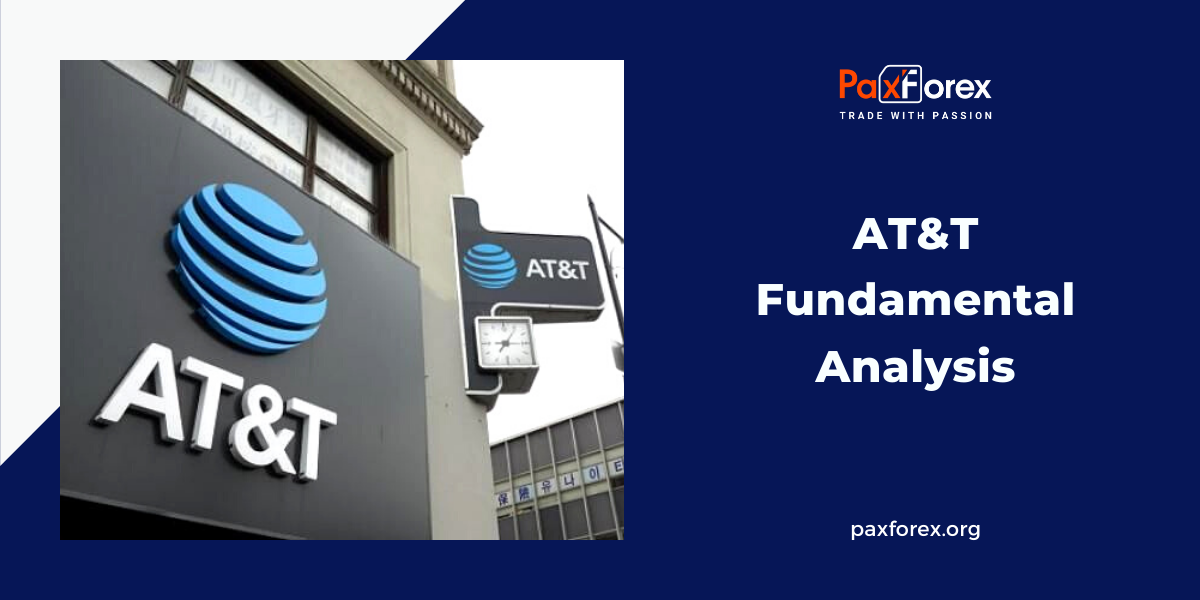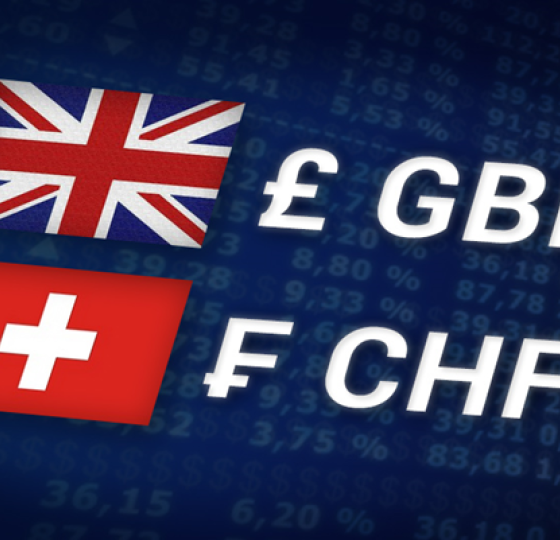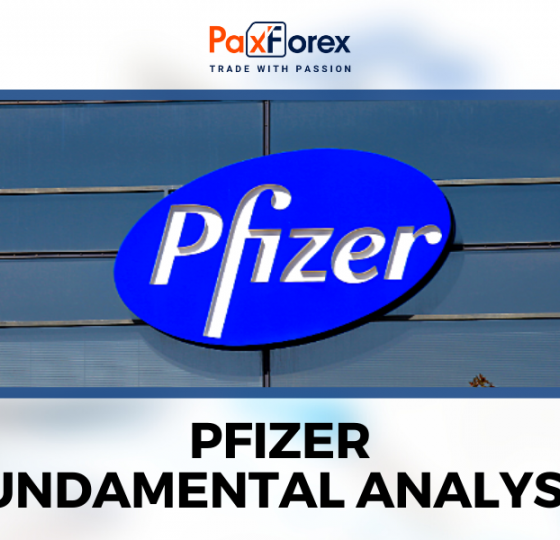
Source: PaxForex Premium Analytics Portal, Fundamental Insight
AT&T has spent lots of time and money to turn itself into a media giant. The company acquired DirecTV to strengthen its video business, and after almost two years of litigation, it acquired Time Warner in 2018.
Time Warner, now known as WarnerMedia, brought with it valuable properties including Warner Bros., HBO, and Turner. But it never operated as part of AT&T, and the huge debt created by the AT&T deals made the company much more vulnerable.
Less than four years after acquiring Time Warner, AT&T is on the verge of completing the abandonment of its failed and costly media strategy. Last year, DirecTV was spun off as an independent company, with AT&T retaining a controlling stake. And in the coming days, WarnerMedia will merge with Discovery to create a media and streaming company.
Here's what investors need to know.
Although other options have been discussed, the WarnerMedia and Discovery merger will be structured so that AT&T investors will keep their shares in AT&T and receive shares in the new company, which will be called Warner Bros. Discovery. AT&T shareholders would receive approximately 24 shares of Warner Bros. Discovery for every 100 shares of AT&T stock.
This split is not taxable, so AT&T shareholders will receive Warner Bros. Discovery without having to pay taxes. AT&T shareholders will own 71% of Warner Bros. Discovery, and Discovery shareholders will own the remaining 29%.
AT&T's spending has worsened the company's balance sheet. At the end of 2021, the company had nearly $180 billion in debt, including just over $150 billion in long-term debt.
The picture will improve slightly after the unbundling is complete. AT&T will receive $43 billion in the deal in cash, debt securities, and retention of Warner Bros. Discovery. The goal is to use these funds, along with free cash flow, to decrease the ratio of net debt to adjusted EBITDA to about 2.5 by the end of 2023.
The enhanced balance sheet will be an advantage as AT&T spends significant funds to build its 5G network. This year alone, the company will allocate $5 billion to 5G spectrum deployment as part of a $24 billion capital spending plan.
The WarnerMedia spin-off will reduce AT&T's free cash flow, but the core wireless business will remain a cash machine.
Using AT&T's new definition of free cash flow, the company anticipates it to drop to $16 billion this year and then recover to $20 billion in 2023. That leaves enough money to pay dividends and severely reduce its debt load.
AT&T is using this opportunity to get its dividend payments back to a sustainable level. The company will now pay a quarterly dividend of $0.2275 per share, or $1.11 per year. That's nearly 50 percent less than the previous dividend of $2.08 per share.
In exchange for the dividend reduction, investors not only receive Warner Bros. Discovery, but their stake in AT&T becomes less risky. AT&T's balance sheet would become stronger, and the company would have the resources to invest in 5G and other growth initiatives. If AT&T had maintained a larger dividend payout, the company would have been at a disadvantage.
AT&T warned investors that they should expect an adjustment in AT&T's stock price to reflect WarnerMedia's transfer to Warner Bros. Discovery. What exactly will happen to the stock price after the spin-off is complete is not yet known, but any drop could be a buying opportunity.
AT&T is currently valued at about $170 billion. If the company's 2023 free cash flow forecast is to be believed, the market values AT&T, including WarnerMedia, at less than nine times its notional free cash flow. If shares fall after the spin-off, investors might be able to buy shares of the leaner AT&T at an even lower price.
Of course, this assumes that AT&T's outlook won't be too optimistic. But the minimal valuation gives investors a significant margin of safety in case the telecom giant does poorly.
As long as the price is below the 25.00 level, follow the recommendations below:
- Time frame: D1
- Recommendation: short position
- Entry point: 23.86
- Take Profit 1: 22.00
- Take Profit 2: 21.00
Alternative scenario:
If the level of 25.00 is broken-out, follow the recommendations below:
- Time frame: D1
- Recommendation: long position
- Entry point: 25.00
- Take Profit 1: 27.00
- Take Profit 2: 28.00













